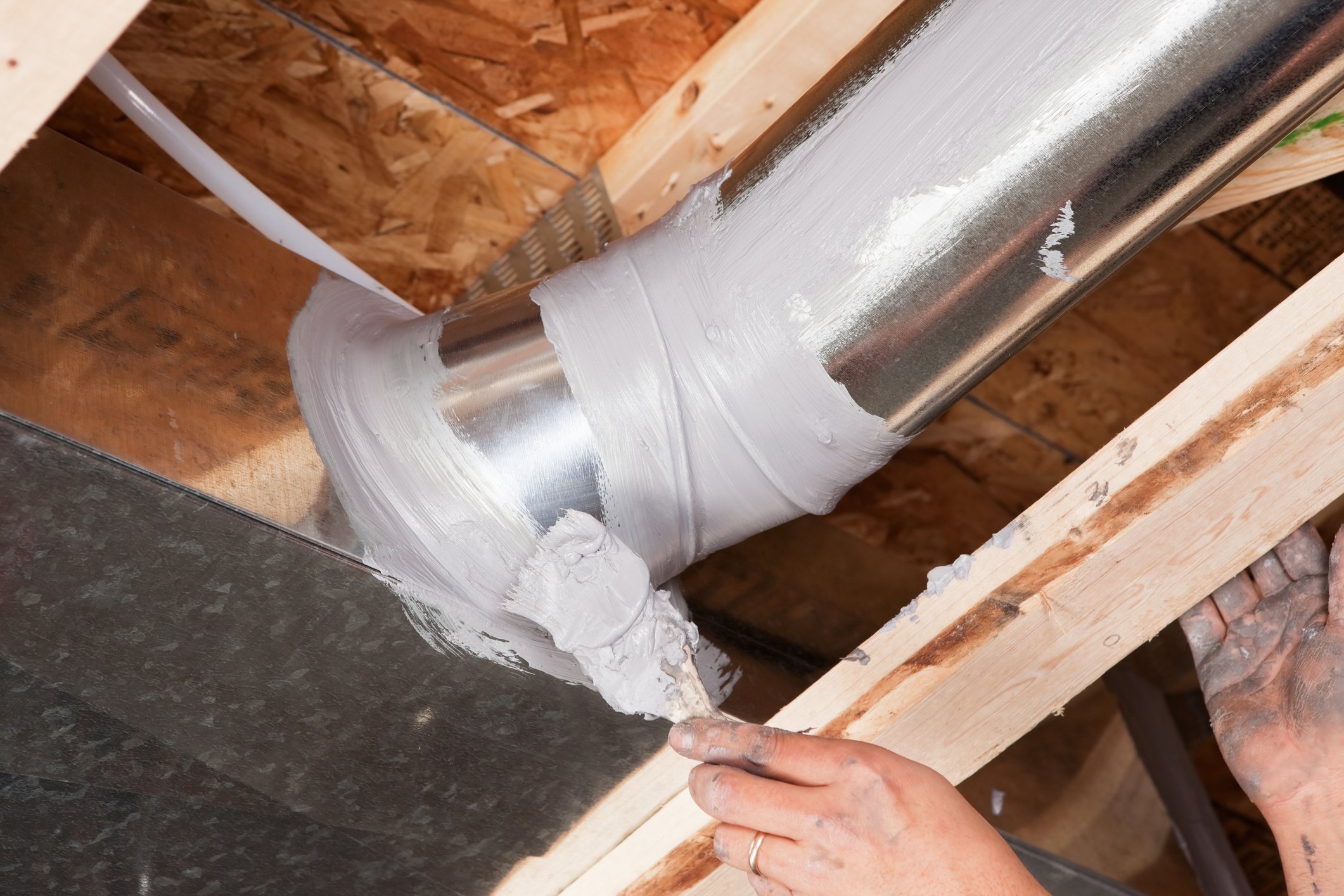Professional Air Duct Sealing
Seal It!
Duct sealing offers several key benefits that contribute to improved energy efficiency, indoor air quality, and overall comfort within a building. By properly sealing ductwork, air leaks are minimized or eliminated, which helps prevent conditioned air from escaping and unconditioned air from entering. This results in more consistent temperatures throughout the building, reducing the workload on heating and cooling systems and ultimately lowering energy consumption and utility costs. Additionally, duct sealing can enhance indoor air quality by preventing the infiltration of dust, allergens, and pollutants from attics, crawlspaces, or other areas into the duct system and subsequently into living spaces. This helps create a healthier environment for occupants, particularly those with respiratory issues or allergies. Furthermore, sealing ducts can contribute to the longevity and performance of HVAC equipment by reducing strain and wear caused by inefficient operation. Overall, duct sealing is a cost-effective measure that offers both immediate and long-term benefits for homeowners and building occupants alike, making it a worthwhile investment in improving comfort, efficiency, and indoor air quality.
Insulate It!
Insulating ductwork after it has been properly sealed provides several advantages that contribute to enhanced energy efficiency and overall performance of HVAC systems. One key benefit is the reduction of heat loss or gain as air travels through the ducts. Insulation helps maintain the desired temperature of the conditioned air, preventing unnecessary heat transfer to or from the surrounding environment. This results in more efficient operation of the HVAC system, as less energy is required to achieve and maintain comfortable indoor temperatures. Additionally, insulating ductwork can further minimize the risk of condensation forming on duct surfaces in humid environments. Condensation can lead to moisture-related issues such as mold growth or corrosion, which insulation helps to mitigate by maintaining duct surface temperatures above the dew point. Another advantage of insulating ductwork is the reduction of noise transmission. Insulation can act as a sound barrier, absorbing noise generated by the movement of air within the ducts, thereby reducing the overall noise level produced by the HVAC system. Lastly, insulating ductwork contributes to improved indoor air quality by preventing the infiltration of dust and contaminants from entering the ducts through leaks or gaps. This helps maintain cleaner air circulating throughout the building, promoting a healthier and more comfortable indoor environment for occupants. In summary, insulating ductwork after sealing not only enhances energy efficiency but also helps prevent moisture issues, reduces noise, and improves indoor air quality, making it a valuable investment for optimizing HVAC performance and comfort.



